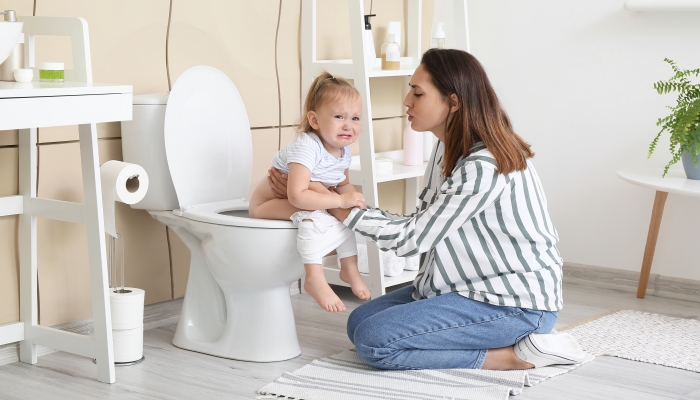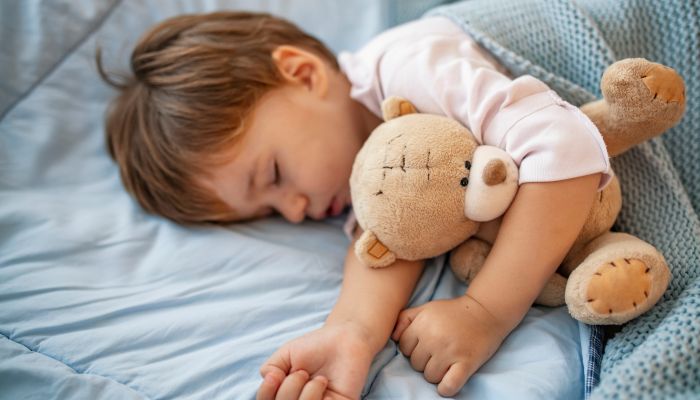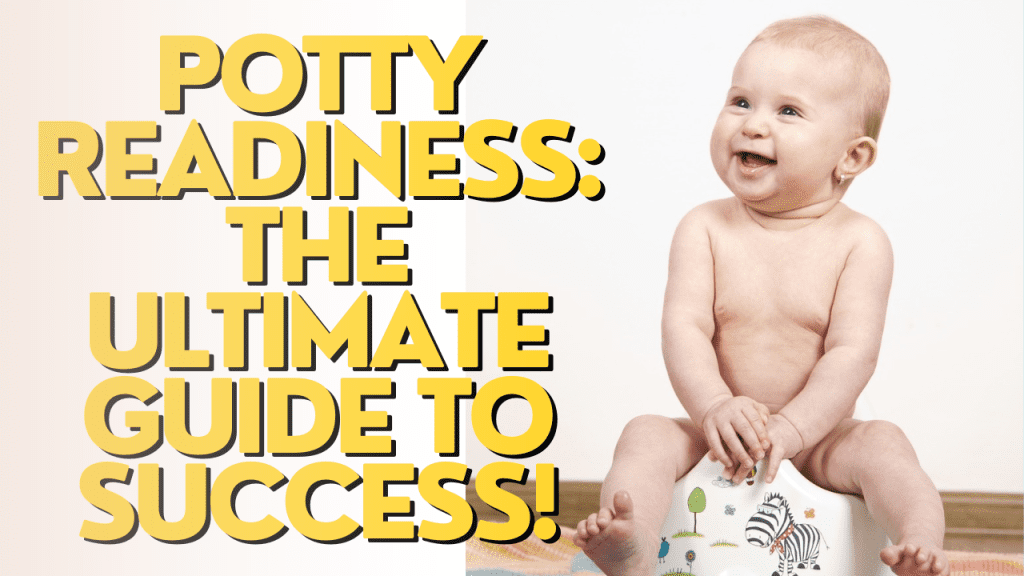Potty training in daycare can be a challenging process, but with the right approach, it can be successful. Implementing a consistent schedule, reinforcing positive behavior, and providing appropriate resources such as child-sized toilets and training pants are key factors in making potty training in daycare a smooth transition.
Communication and collaboration between parents and daycare providers are also essential for maintaining consistency and addressing any concerns or setbacks that may arise. By creating a supportive and encouraging environment, daycare centers can effectively assist children in mastering this important milestone.


Credit: www.wonderbaby.org
Getting Started With Potty Training In Daycare
When it comes to potty training in daycare, choosing the right facility is crucial. Communication with daycare staff and teachers is essential for a successful potty training journey. Creating a consistent routine for potty training will help children feel more comfortable and confident.
It is important to find a daycare that understands and supports your potty training goals. Regularly communicate with the daycare staff about your child’s progress and any challenges they may be facing. Consistency is key when it comes to potty training, so make sure the daycare follows a similar routine to what you do at home.
By selecting the right daycare and establishing open communication, you can set your child up for potty training success.
The Potty Training Process In Daycare
The potty training process in daycare starts with introducing the concept of using the toilet. The purpose of the toilet is explained to the children, emphasizing its role in personal hygiene. Demonstrations of proper toilet usage are given to help children understand how to use it correctly.
Independence and self-initiation are encouraged, allowing children to express their need to use the bathroom. They are also taught how to undress and dress themselves, further promoting independence.
Positive reinforcement and rewards are used to celebrate successful toilet trips, motivating children to continue their potty training journey.
A reward system is implemented to provide additional motivation for children to use the toilet.
Overcoming Challenges In Potty Training Daycare
Overcoming challenges in potty training daycare requires patience and understanding when accidents occur. After accidents, it’s important to reinforce proper toilet habits, ensuring children understand the appropriate behavior
Addressing resistance and fear is crucial in helping children overcome their anxieties related to using the toilet or bathroom.
Some children may be resistant to potty training, requiring additional assistance and support. By actively engaging with each child and creating a supportive environment, daycare providers can effectively navigate the challenges of potty training.
Remember, every child is unique, and it’s essential to tailor the approach based on their individual needs and preferences.
With consistent efforts and a positive mindset, children can successfully conquer the potty training journey in daycare.
Tips For Successful Potty Training In Daycare
Consistency between home and daycare is crucial for successful potty training. Both settings should follow the same routine and use the same techniques and language. This consistency helps the child understand the expectations and reinforces their learning.
Keeping track of progress and milestones is important for determining the child’s readiness and identifying any challenges or patterns.
Teachers should communicate regularly with parents about their child’s progress to ensure everyone is on the same page and can provide the necessary support. Open communication allows for troubleshooting and making adjustments as needed.
By working together, parents and daycare providers can create a positive and effective potty training experience for the child.
Frequently Asked Questions For Potty Training Daycare
How Do You Handle Potty Training In Daycare?
To handle potty training in daycare, communication with the child’s teachers is key. Discuss the approach they use and share any strategies you use at home. Ensure consistency by following the same routine for potty breaks and using the same words for bathroom-related terms.
Encourage independence by teaching the child how to undress, wipe, and wash hands. Provide extra clothing and underwear in case of accidents. Positive reinforcement, such as verbal praise or small rewards, can motivate the child to use the potty. Regularly check in with the teachers to track progress and address any concerns.
It’s important to remain patient and understanding during the process, as each child learns at their own pace.
When Should I Start Potty Training At Daycare?
To start potty training at daycare, it’s essential to have a conversation with your child’s teachers. Discuss the approach they use and ensure everyone is on the same page. Consistency between home and daycare is key.
Look for signs that your child is ready for potty training, such as showing an interest in the toilet or displaying awareness of bowel movements.
Ensure your child is wearing easy-to-remove clothing and has access to a child-size toilet seat or potty chair. Provide clear instructions and reinforce positive behavior when your child successfully uses the toilet. Remember that accidents are normal and part of the learning process.
Stay patient and supportive throughout the potty training journey at daycare. With teamwork between parents and teachers, your child will succeed in potty training at daycare in no time.
How Do You Potty Train A Toddler In Preschool?
To potty train a toddler in preschool, there are a few steps you can follow: 1. Communicate with the preschool: discuss your potty training plan with the preschool staff to ensure consistency between home and school. 2. Start at home: begin the potty training process at home before transitioning to the preschool setting.
3. Set a routine: establish a regular schedule for bathroom breaks to help your child develop a routine. 4. Use positive reinforcement: praise and reward your child each time they successfully use the toilet, both at home and at preschool.
5. Provide assistance: make sure your child knows how to properly use the toilet, including wiping and washing hands. 6. Pack extra clothes: accidents happen, so pack extra clothes and underwear in your child’s bag. 7. Stay patient: potty training takes time and accidents are to be expected.
Stay patient and encourage your child throughout the process. Remember, every child is different, so be flexible and adjust your approach as needed.
How Do You Potty Train A 3 Year Old?
To potty train a 3-year-old, start by getting on the same page as your child’s daycare or preschool. Talk to the teachers or caregivers about their potty training approach. Next, establish a routine and schedule for bathroom breaks.
Encourage your child to sit on the potty at regular intervals, such as before and after meals, naps, and bedtime.
Make sure your child is comfortable and feels safe using the toilet. Provide a step stool or child-sized toilet seat if necessary. Offer positive reinforcement and rewards for successful potty trips, such as stickers or small treats. Celebrate their successes and be patient with accidents.
Be consistent and patient throughout the process. It may take some time for your child to fully grasp the concept of using the toilet independently. Remember, every child is different, so adapt the approach to suit your child’s individual needs and progress.
Conclusion
Unication, communication! Keep the lines of communication open with your daycare providers to ensure consistency in your child’s potty training journey. Discuss the methods and strategies they employ and share any specific preferences or concerns you may have.
Remember, teamwork is key! Provide clear instructions to the daycare staff regarding your child’s potty training routine, including any special cues or prompts you use at home.
Consistency between home and daycare settings will help reinforce your child’s understanding of the potty training process. Encourage your child’s independence by dressing them in easy-to-remove clothing and teaching them to wash their hands after using the toilet.
These small habits can go a long way in fostering their confidence and self-sufficiency.
Lastly, be patient and understanding. Potty training takes time and every child progresses at their own pace. Celebrate small victories and offer plenty of praise and encouragement along the way.
With open communication, consistent routines, and patience, your child will soon be on their way to becoming a potty training pro, both at home and in daycare.



